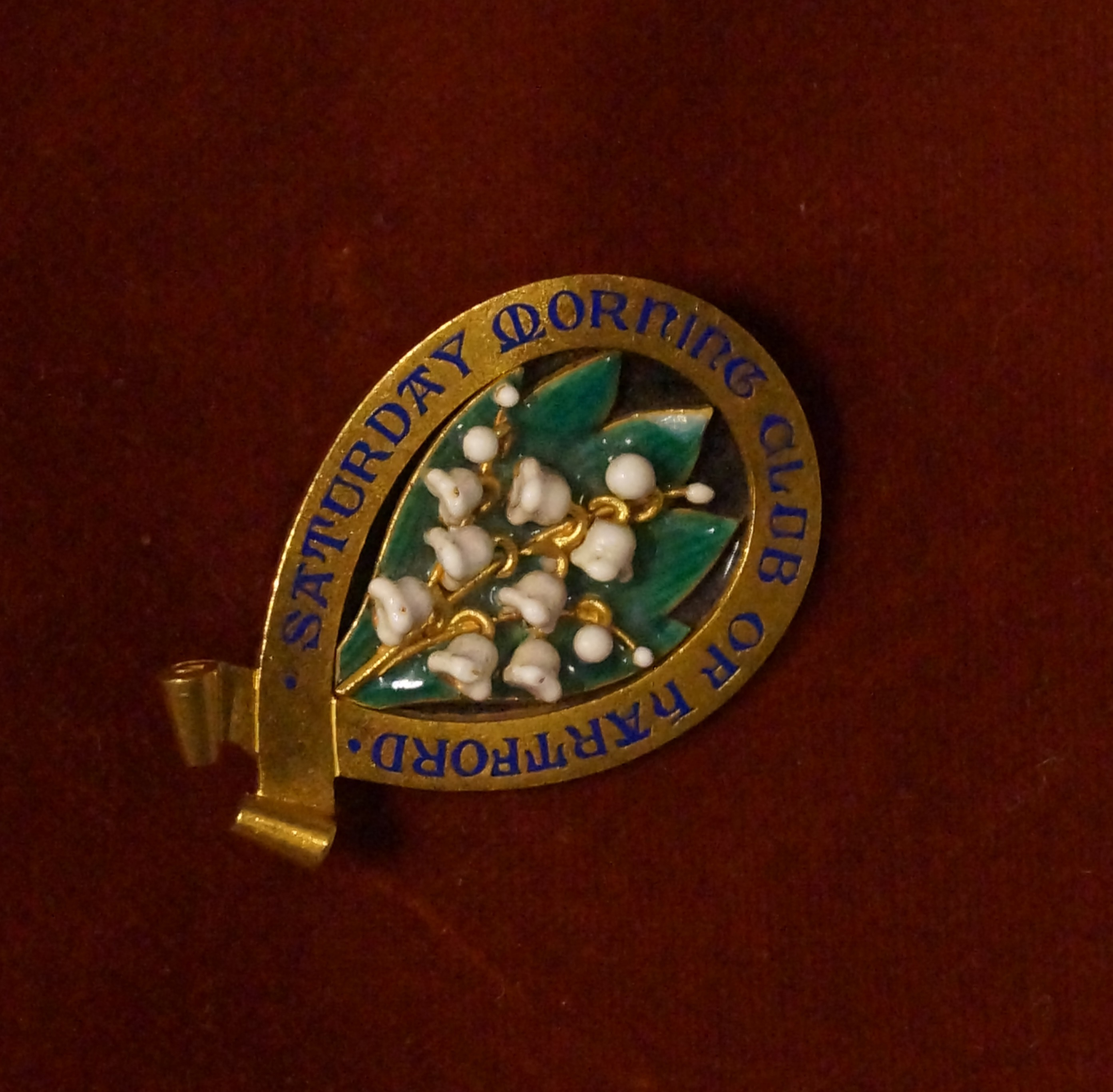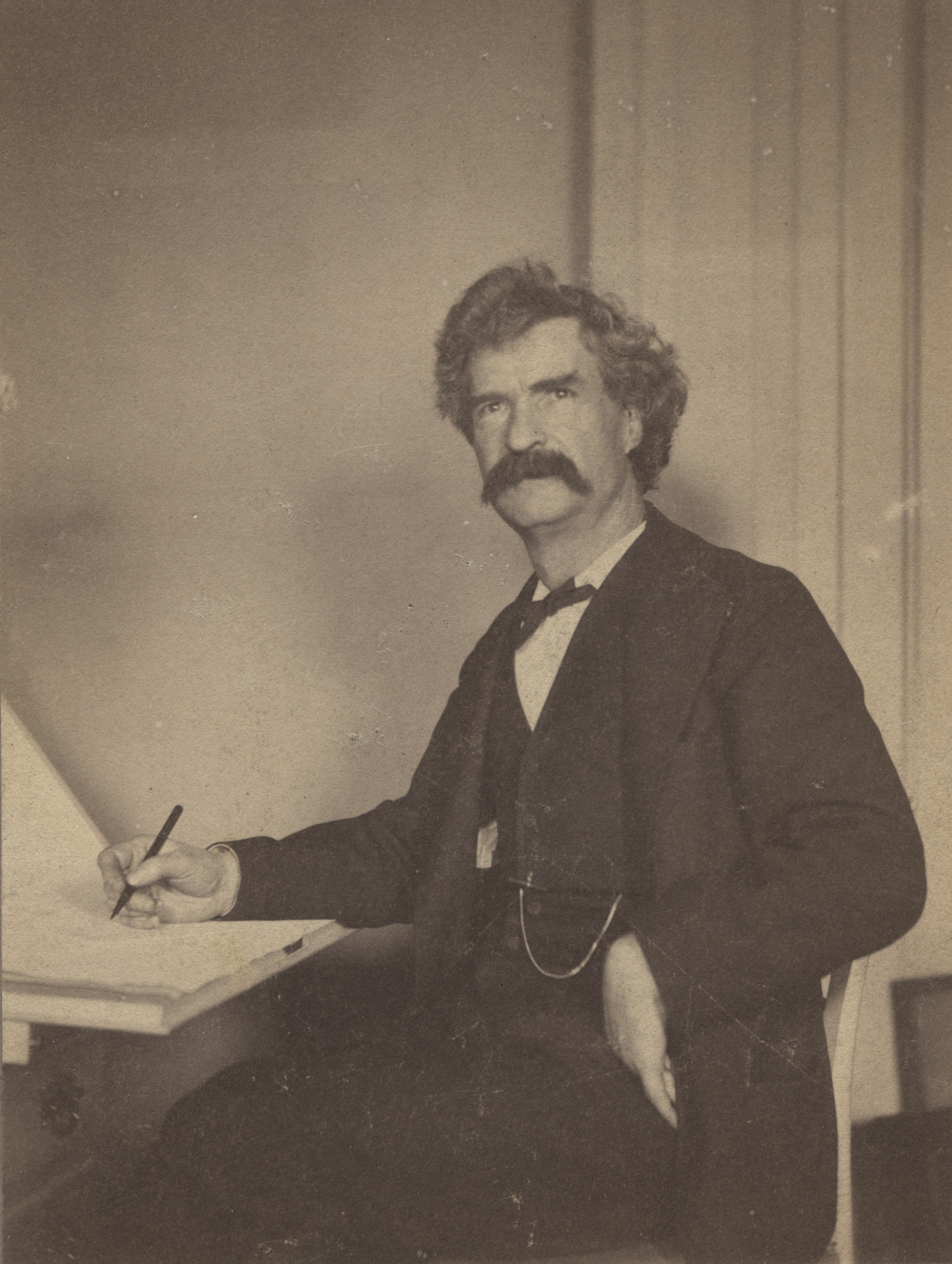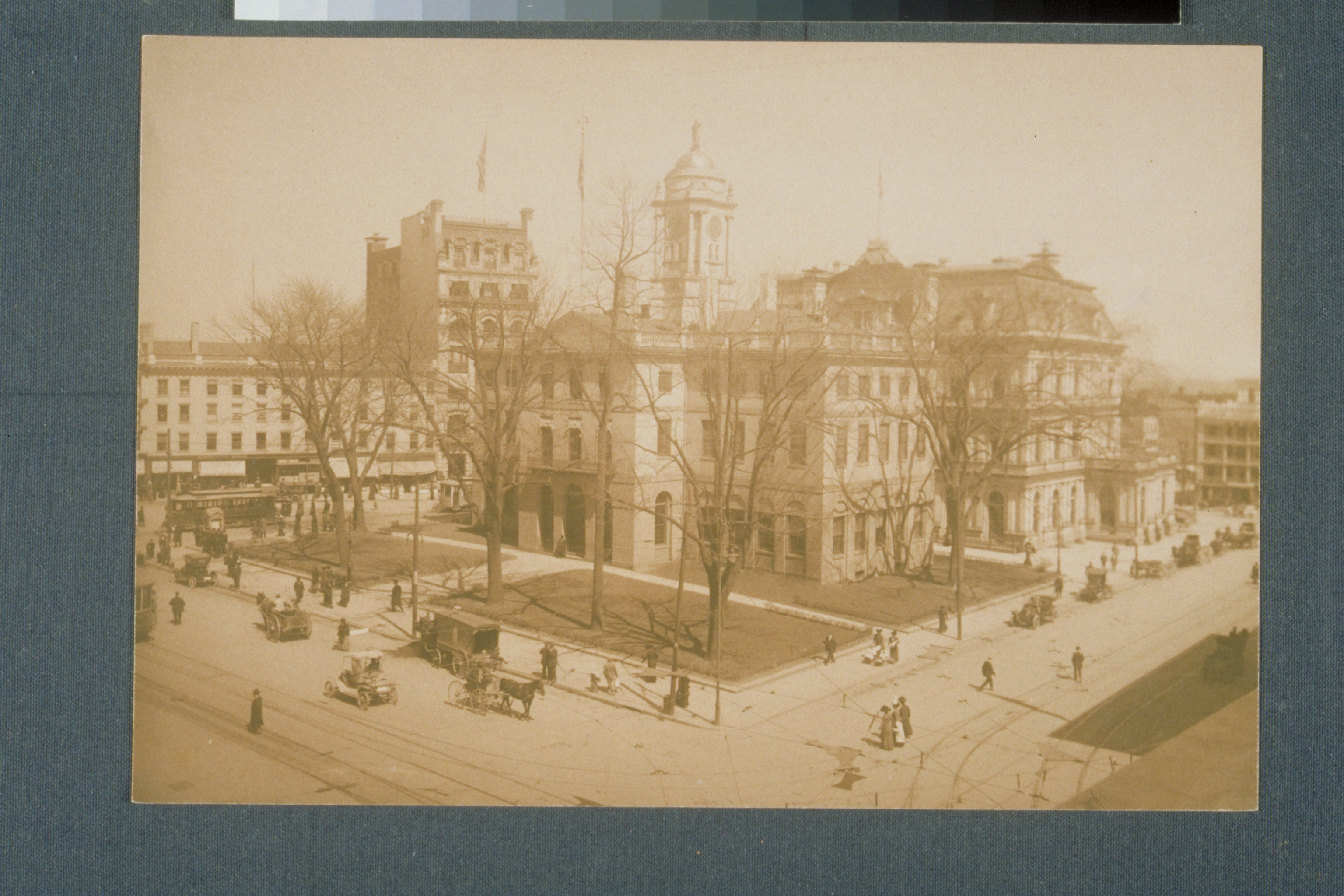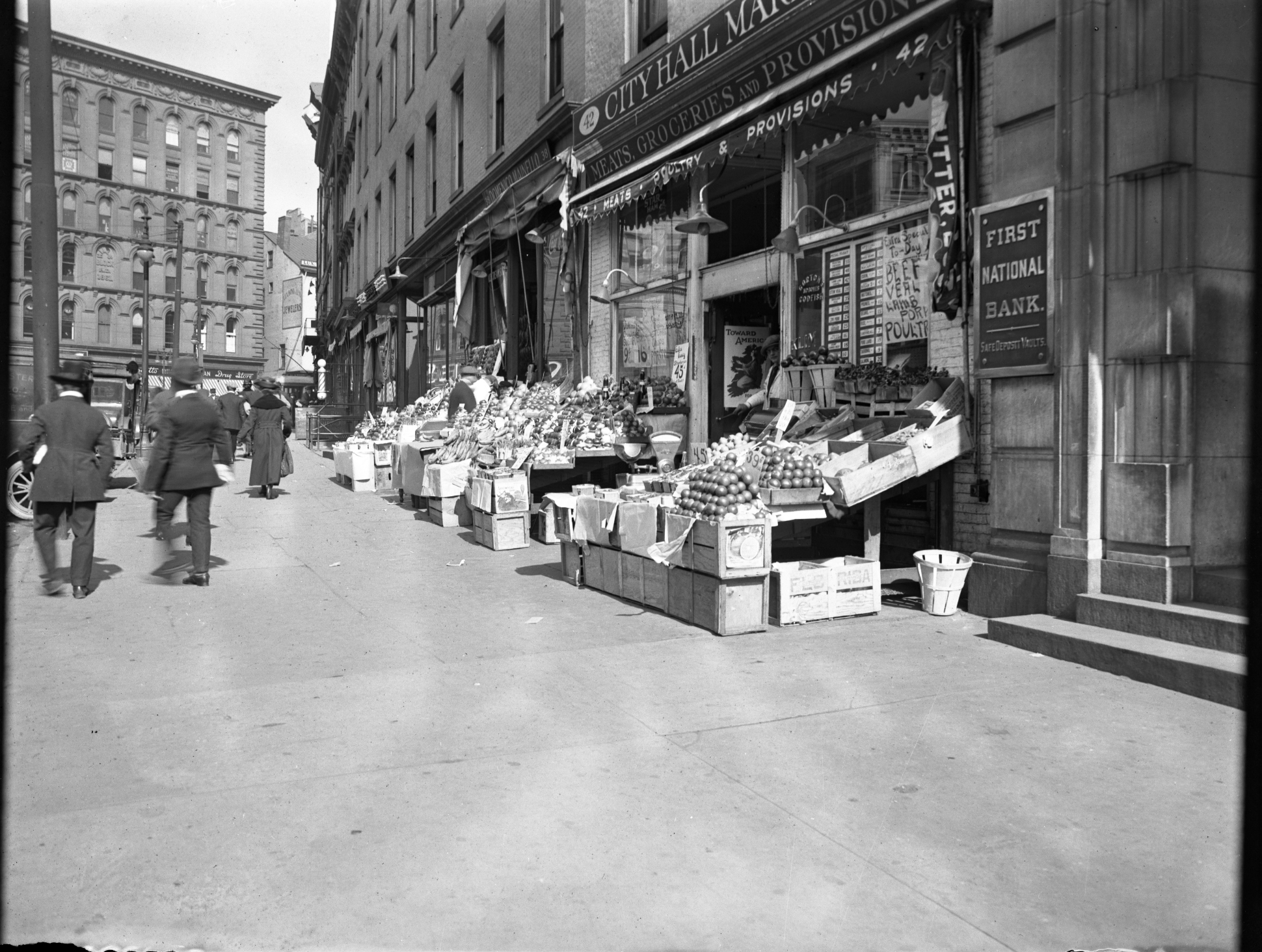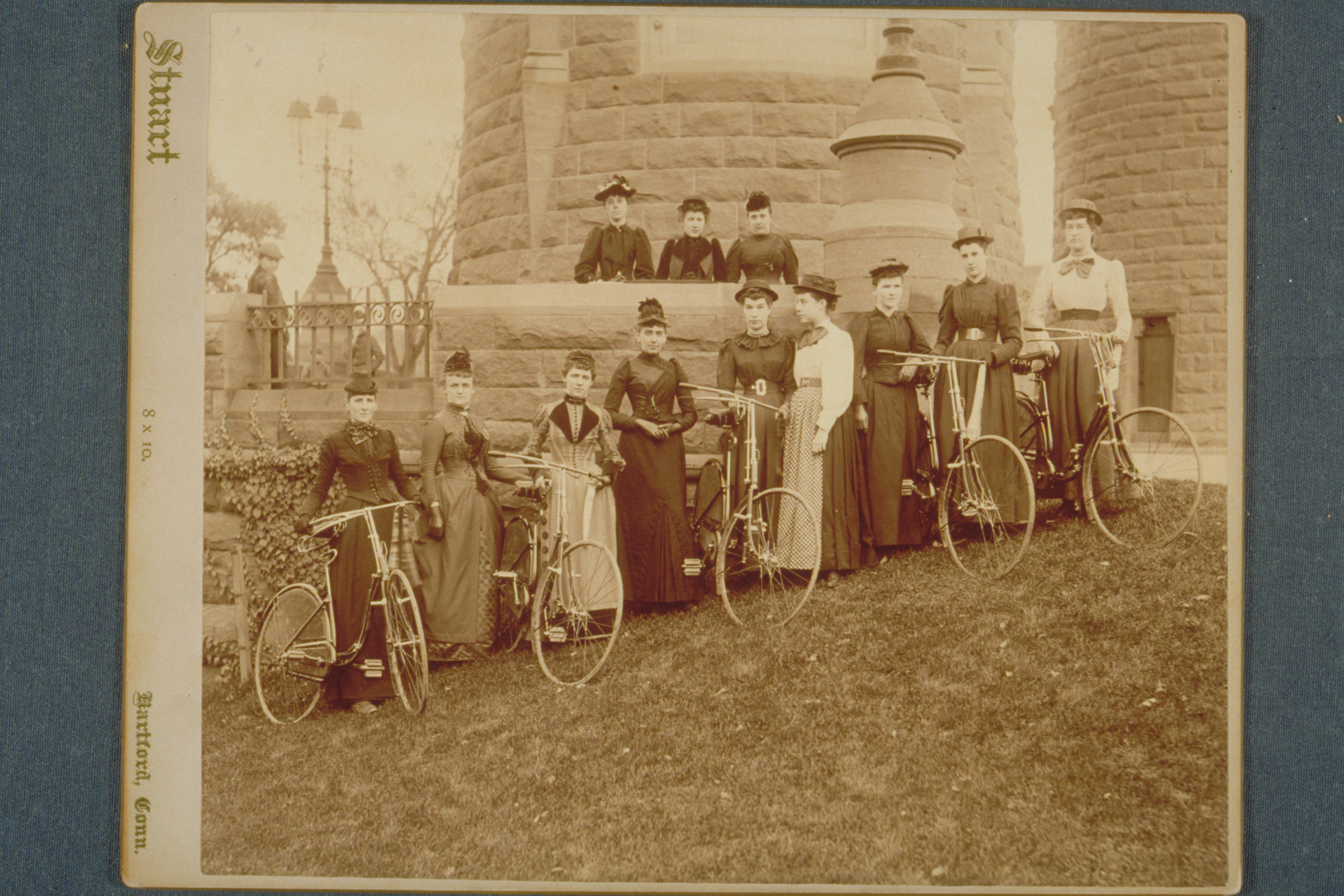Social Clubs
Social Clubs were a source of entertainment and status during the Gilded Age. The Clemenses were patrons and participants in many social clubs and engangments. Below are three often associated with the Clemenses.
Decorative Arts Society
When Candace Wheeler founded the New York Society of Decorative Arts in 1877, she implored women in cities across the country to create their own ancillary societies. Hartford was one of the first cities to respond. Wheeler was part of the design firm Associated Artists, along with Louis Comfort Tiffany, that was hired to decorate the interior of the Clemens family’s home in 1880. Hartford’s leading ladies joined together to help cultivate the new organization and counted Elizabeth Colt (who became president of the society), Harriet Beecher Stowe, Olivia Clemens, and Susan Warner among its eager participants.
The newly formed Hartford Decorative Arts Society decided that what their city needed the most was an art school. They arranged studio and art classes, lectures on related topics like “chemistry of artists’ colors,” and put together exhibitions of the art, which would be sold to help “their philanthropic efforts for the benefit of poor women.” The school took in both male and female students and extended their services to those who could not afford it by establishing a scholarship fund that assisted twenty-four students over a five-year period.
They soon outgrew the rented space they used and asked if the trustees of the Wadsworth Atheneum could help with this issue, which they did. In 1886 the group changed the name to the Art Society of Hartford, and it was officially incorporated on March 31st that year. The Society relied heavily on tuition, membership fees, and fundraising. Samuel Clemens, Charles Dudley Warner, and Candace Wheeler herself, donated their time and talents to help raise money. The Art Society of Hartford struggled throughout the years to make ends meet until 1956 when they joined with the Hartt College of Music and Hillyer College to create the University of Hartford.
Saturday Morning Club
When Candace Wheeler founded the New York Society of Decorative Arts in 1877, she implored women in cities across the country to create their own ancillary societies. Hartford was one of the first cities to respond. Wheeler was part of the design firm Associated Artists, along with Louis Comfort Tiffany, that was hired to decorate the interior of the Clemens family’s home in 1880. Hartford’s leading ladies joined together to help cultivate the new organization and counted Elizabeth Colt (who became president of the society), Harriet Beecher Stowe, Olivia Clemens, and Susan Warner among its eager participants.
In October 1876 Samuel and Olivia helped form and organize a Hartford discussion group for 20 to 25 girls in their late teens. They would meet every Saturday morning to read and discuss topical essays and debate the content. Samuel put together the rules of the group and would participate himself by leading discussions and occasionally reading his own works aloud to them; he was the only male. Special guests were a common occurrence and included local college professors as well as authors such as William Dean Howells, Bret Harte, and Charles Dudley Warner. A few years after the club was formed Clemens ordered pins from Tiffany & Co. to give as a gift to the members. After the Clemens family had to move out of their beloved Hartford home due to poor finances in 1891, the group continued to meet. In 1878, Olivia wrote a letter to its members before departing on a long overseas trip begging them that, “…you will keep the Club compact & strong, & neither suffer it to languish nor die – for it is worthy to outlive us all…” In fact, the Saturday Morning Club is still active to this day and gather together on appointed dates to read their work and discuss it with one another.
Monday Evening Club
The Monday Evening Club was formed in 1869 and meant to be a discussion group for local distinguished Hartford men with a cap of twenty members. Its membership included such names as Dr. Horace Bushnell, Calvin Stowe, J.H. Trumbull, Rev. Joseph Twichell, Charles Dudley Warner, and others. The members of the group rotated hosting duties where they discussed papers read by their fellow participants. Clemens was voted into the group in 1873 and presented his first paper titled, “License of the Press” shortly thereafter. He remained an active part of the group until 1890, a year before the family had to leave Hartford due to financial difficulties. Some of Clemens’ presented papers included, “Universal Suffrage,” "The Facts Concerning the Recent Carnival of Crime in Connecticut,” and “On the Decay of the Art of Lying.” Clemens once wrote to William Dean Howells noting, “We always have a rattling good time at the Club.”

